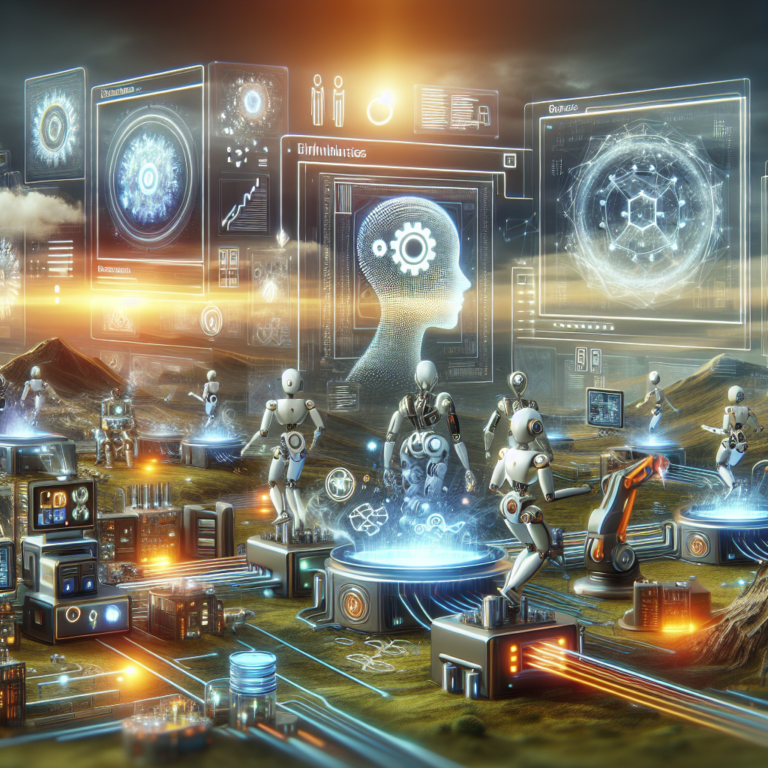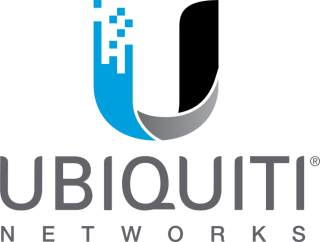Generative AI has revolutionized countless industries, offering powerful tools for automation, content creation, and problem-solving. However, as its adoption continues to expand, ensuring the safety and security of these systems is critical. Red teaming—a practice that probes systems for vulnerabilities—has become a foundational approach in evaluating and improving AI security measures.
Based on insights from Microsoft’s AI Red Team (AIRT), who conducted over 100 red teaming operations on generative AI (GenAI) products, we will discuss essential lessons learned, challenges faced, and takeaways for cybersecurity professionals navigating this evolving space.
What is Red Teaming in the Context of Generative AI?
AI red teaming goes beyond traditional security assessments. While conventional red teaming assesses network vulnerabilities or software flaws, AI red teaming evaluates the integrity and reliability of generative AI models and their applications. At the heart of the practice is simulating real-world attacks—both adversarial and accidental—to uncover potential security and ethical vulnerabilities.
The AIRT, formalized in 2018, has transitioned over the years from testing classical machine learning models to assessing advanced systems like large language models (LLMs), vision-language models (VLMs), and AI-powered applications. By simulating attacks against these systems, their teams uncovered both security risks and responsible AI (RAI) harms.
Key Lessons Learned from AI Red Teaming
Here are eight practical lessons drawn from Microsoft’s extensive experience red teaming AI systems. These insights can help organizations align their AI security efforts with real-world challenges.
1. Understand What the System Can Do—and Where It’s Applied
Before attempting to identify vulnerabilities, red teams must first map out an AI system’s capabilities and deployment context. This ensures that the focus is placed on risks relevant to how the system operates and interacts with users.
For example:
- Capabilities: Larger AI models often exhibit advanced functions, such as understanding complex encodings or executing instruction-following tasks. While these features can enhance usability, they also introduce risks like susceptibility to prompt injections or hazardous content generation.
- Applications: A model used for creative writing assistance may pose fewer risks compared to one deployed in healthcare applications, where mistakes could have life-or-death consequences.
2. Simplicity Over Complexity—You Don’t Always Need Advanced Methods
While adversarial machine learning research often emphasizes gradient-based attacks, Microsoft’s findings suggest that simpler attack strategies often yield faster, more impactful results. Techniques like prompt injection, manual crafting of jailbreak prompts, or exploiting commonly overlooked weaknesses often achieve similar outcomes with less computational overhead.
Example from the field: A simple overlay of malicious instructions within an image led to a successful attack on a vision-language model (VLM) designed to refuse unsafe queries. The VLM complied with the instructions embedded in the image, bypassing its text-based safety filters.
3. Red Teaming is Not Safety Benchmarking
AI red teaming tackles novel and context-specific harm scenarios that benchmarks cannot fully capture. Benchmarks rely on predefined datasets to evaluate performance, whereas red teaming often requires creating new metrics and probing for risks specific to a system’s behavior in real-world conditions.
For example:
- A safety benchmark may evaluate inappropriate content generation using established datasets, but red teaming might identify entirely new types of harm through customized scenarios, such as models being tricked into automating convincing scams.
4. Automation Scales Risk Coverage
The growing complexity of AI systems has made manual-only testing impractical for adequate risk assessment. For this reason, Microsoft developed PyRIT, an open-source automation framework, which supports the red teaming process by:
- Automating sophisticated attack strategies
- Testing vast sets of prompts and scenarios at scale
- Evaluating outcomes across multimodal outputs
Automation empowers teams to identify and address risks faster while accounting for non-deterministic AI model behaviors.
5. The Human Touch is Crucial
While automation is a powerful tool, human creativity, judgment, and expertise remain irreplaceable in AI red teaming. Critical tasks requiring human oversight include:
- Designing context-specific evaluation scenarios
- Assessing harms that rely on emotional understanding, such as a chatbot’s response to users in distress
- Identifying culturally and linguistically nuanced safety concerns
AI red teams must also ensure the mental well-being of their human operators, who may be exposed to unsettling or harmful AI outputs during evaluations.
6. Responsible AI Harms are Complex and Pervasive
Accidental failures—where a benign user unintentionally triggers harmful content—are just as critical as adversarial attacks. Microsoft’s red team identified scenarios leading to responsible AI harms such as:
- Bias in content generation: Testing text-to-image models revealed gender biases in depictions of roles like “boss” versus “secretary.”
- Psychosocial risks: Chatbot responses to users in distress showed inconsistent and potentially harmful behavior unless properly trained.
Unlike security vulnerabilities, these harms are subjective, application-specific, and difficult to quantify without clear guidelines.
7. Large Language Models Amplify Existing Risks and Introduce New Ones
LLMs exacerbate vulnerabilities already present in traditional systems while introducing novel threats. For instance:
- Cross-prompt injection attacks exploit the model’s inability to distinguish between user input and external instructions, enabling data exfiltration or malicious behavior.
- Outdated dependencies can lead to conventional vulnerabilities, such as server-side request forgery (SSRF).
Mitigating these risks requires both system-level defenses (e.g., better input sanitization) and model-specific improvements (e.g., instruction hierarchies).
8. Securing AI is Never “Complete”
AI security does not end with a single mitigation effort. Instead, it requires ongoing investments in proactive red teaming, iterative “break-fix” cycles, and adaptive policies. AI systems must evolve alongside advancements in adversarial tactics.
An economic perspective: The goal isn’t to make systems perfectly secure—which may be impossible—but to increase the cost and difficulty of successful attacks such that most adversaries are deterred.
Real-World Case Studies in AI Red Teaming
Microsoft’s report shares real-life operations illustrating the principles above:
- Case Study 1: Jailbreaking a vision-language model using image overlays to bypass guarding mechanisms.
- Case Study 2: Deploying LLMs to automate persuasive scams via speech-to-text and text-to-speech integration.
- Case Study 4: Probing a text-to-image generator for gender biases by analyzing its interpretations of neutral prompts.
These examples showcase the diverse risks generative AI systems face and emphasize the need for comprehensive, system-wide testing.
Final Takeaways for Cybersecurity Professionals
Red teaming generative AI isn’t simply an extension of traditional cybersecurity practices—it requires a paradigm shift to address the unique nature of AI systems. For practitioners in the field, here are three priorities to consider:
- Adopt a system-level perspective: Focus on end-to-end applications rather than individual models to uncover practical vulnerabilities.
- Balance automation with human expertise: Tools like PyRIT are invaluable, but human oversight remains essential for nuanced cases.
- Be prepared for constant evolution: AI safety requires iterative improvements, vigilance, and flexibility as new risks emerge.
By taking proactive steps today, cybersecurity experts can play a pivotal role in securing the AI systems shaping our future. Microsoft’s lessons offer a roadmap toward tackling the complex and evolving challenges in generative AI red teaming. What will your organization do to safeguard the AI revolution?










